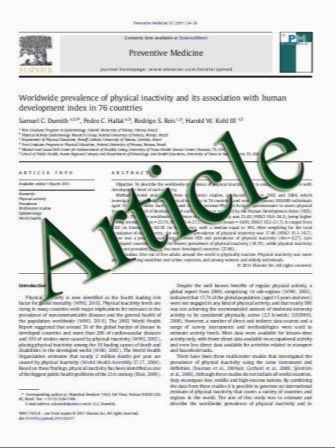Clinicopathological insights into lupus glomerulonephritis in Japanese and Asians
- نوع فایل : کتاب
- زبان : انگلیسی
- مؤلف : Hitoshi Yokoyama Hiroshi Okuyama Hideki Yamaya
- چاپ و سال / کشور: 2011
Description
Lupus nephritis comprises a spectrum of glomerular, vascular, and tubulointerstitial lesions, which has significant racial variation in severity and manifestations. The current classification (ISN/RPS 2003) has been improved successfully for the categorization of lupus glomerulonephritis (LGN). On the basis of this classification, 480 Japanese cases revealed the following distribution: class I 3%, class II 16%, class III 13%, class IV-S 11%, class IV-G 41%, class V 16%, and class VI 1%. Class IV-G with chronicity tended to have the worst renal outcome. Nephrotic syndrome was a more frequent complication in class IV-S (50%), class IV-G (72%), and class V (56%), with poor renal and actuarial outcomes. With regard to therapy, treatment options including glucocorticoids alone or combined with antimetabolites (azathioprine, mizoribine, mycophenolate mofetil), calcineurin inhibitors (cyclosporine A, tacrolimus), or alkylating agents (intravenous cyclophosphamide injection) improved the outcome of LGN; however, there is no high-grade clinical evidence from Japan. Further studies are needed to resolve the clinicopathological problems of LGN, especially IV-S, IV-G, and pure membranous lupus nephritis in Japanese patients.
Clin Exp Nephrol (2011) 15:321–330 Received: 4 December 2010 / Accepted: 28 February 2011 / Published online: 25 March 2011 Japanese Society of Nephrology 2011


